Pear cinnamon sour is a warming spiced fancy winter Sour cocktail using a demerara cinnamon syrup, muddled fresh pear, fresh lemon juice and sheep’s whey vodka, served with a slice of fresh pear and a flamed cinnamon stick. The pear cinnamon sour uses simple ingredients to make a delicious homemade fancy vintage style winter Sour cocktail. The pear cinnamon sour creates an extraordinary cocktail out of readily available ingredients offering more than simply a lockdown cocktail this winter Sour is inspired by the very fancy Sours of the 1880’s such as the Whisky Sour No. 2. of Theodore Proulx (1888: 37-8) appearing in The Bartender’s Manual. The pear cinnamon sour offers a transformational experience using spiced cinnamon smoke and the beautiful, curved form, golden green colours and delicious floral flavour of winter pears paired with sweet cinnamon and the subtle floral and umami flavours of sheep’s whey vodka.
What is a Sour?
A Sour is a drink calling for five key ingredients: sugar, water, citrus, spirit, and ice. The way the Sour was composed, balanced, and presented changed over time, notably beginning with a relatively simple formula in the 1860’s and becoming more elaborate in the 1880’s when the Sour became a very fancy drink with special footed Sour glassware and elaborate fruit garnishes.
The Sour Formula: Ingredients, method, presentation
The Sour formula of the 1860’s was relatively simple, in comparison to the progressively fancier recipes of the 1880’s, which included more ingredients, such as fresh juices, syrups and liqueurs, and elaborate fruit garnishes, presented in fancy footed Sour or claret glasses. The sweet-sour balance is in some instances less sweet over time, using less sugar, although additional sweet syrups and liqueurs were added as accents. Individual recipes called for varying amounts of lemon to taste – at first with an emphasis on inclusion of the whole lemon with juice and peel and later only the juice. The Sour begins with brandy as a popular base and comes to use bases of rum, gin, bourbon, and rye whiskey and applejack.
Sour ingredients: Sugar, water, citrus, spirit, ice to accents of syrup, fruit juice, liqueur
The Sour formula includes the following ingredients which became fancier over time:
- Sugar: dissolved in water, or Seltzer or Syphon water, and later in 1880’s recipes, sugar syrup, raspberry syrup, pineapple juice, or accents of liqueur such as Curacao or Benedictine
- Water: up to 1/2 a wine glass of water was called for in early Sours of the 1860’s whereas in later Sours from the 1880’s the water is reduced to just enough to dissolve the sugar and Seltzer water may be used, or left out altogether when sugar was replaced with sugar syrup
- Citrus: in recipes from the 1860’s lemon with the skin is ‘pressed in the glass’ (Thomas 1862: 59) as in Jerry Thomas’ 1862 recipe in The Bar-tender’s Guide, or as Jesse Haney (1869: 28) advises in The Steward & Bar-keeper’s Manual, ‘rub the lemon on the rim of the glass’ – the affinity of lemon oil for Brandy in the root recipe emphasised by these details of muddling or rubbing the lemon peel – later recipes of the 1880’s call only for the lemon juice such as Jerry Thomas’ 1887 recipe in The Bar-tender’s Guide which calls for ‘juice of half a lemon’ (Thomas 1887: 40)
- Spirit: recipes from the 1860’s call for Brandy as the root recipe, but Sours were also made with Rum, Gin and Whiskey including Rye and Bourbon, and Applejack
- Ice: in early 1860’s recipes shaved or cracked ice is used – the Sour was stirred with a spoon and served with a strainer with which the customer held back the ice as they drank; and in later recipes from the 1880’s the Sour was stirred or shaken with ice and then strained into a fancy footed Sour serving glass
Sour method: Stir with a spoon to stir/shake & strain
The method for making a Sour changed over time evolving to allow for fancier presentation:
- Stirred: in the 1860’s with simple presentation in a small bar glass or tumbler with a strainer for the customer to hold back the ice with
- Stir and strain or shake and strain: in 1880’s recipes allowing for more elaborate presentation in specialist fancy footed Sour glasses with elaborate fruit garnishes
Sour presentation: small bar glass with lemon to fancy footed Sour glasses with elaborate fruit garnishes
The presentation of the Sour became more elaborate over time involving the following glassware and garnishes:
- Glassware: made and served in a small bar glass in the 1860’s by stirring with a spoon and serving with a strainer for the customer to hold back the ice and later in the 1880’s served in a separate serving glass – a claret glass or a fancy footed Sour glass
- Garnish: Lemon juice pressed in the glass with the peel or lemon juice with the lemon peel rubbed on the rim of the glass was the only fruit used in the 1860’s Sour recipes, while in later 1880’s Sour recipes fancy fruit garnishes were used including orange and berries, citrus peel, sugared glass rim
History and origins of the Sour: 1790’s Punch & 1860’s Fix recipes
David Wondrich (2015: 112) writes in Imbibe that the Sour along with other vintage sour drinks such as the Fix, which he dubs ‘the children of punch’, are closely related to earlier Punch recipes from the 1790’s that included elements of sweet, sour, strong, weak, and spice, but the Sour is interestingly for the most part missing the spice element (except in the inclusion of accents of herbal liqueurs such as Benedictine in later 1880’s recipes – see for example Theodore Proulx’s recipe for a Whisky Sour No. 2. with Benedictine and fresh pineapple juice in The Bartender’s Manual (Proulx 1888: 37-8). For more on the Punch see my post on coconut palm arrack punch. The recipe for the Sour evolved over time becoming fancier and calling for more elaborate ingredients such as the addition of syrups and cordials, fancy fruit garnishes and specialist fancy footed Sour glassware. Sour formulae of the 1860’s have a root closely related to the Brandy Fix – a sour drink served with crushed ice that shares the same ingredients but has a fancy fruit garnish – the Sour was distinguished by a method of muddling lemon with the peel in the glass in which the drink was built by stirring with a spoon with ice, as in Jerry Thomas’ (Thomas 1862: 59) Brandy Sour recipe in his 1862 The Bar-tender’s Guide. For more on the history of the Fix see my posts on raspberry fix and rhubarb fix and for more on the history of the Sour and variations see my post on quince pickle brandy sour. For more on fancy variations of the Sour including using egg whites, see my posts on fennel flower silver sour, daalgaal & ooray silver sour, rhubarb honey silver sour, and grape silver sour.
Designing the pear cinnamon sour: Inspiration 1880’s fancy Sours
In designing the pear cinnamon sour my inspiration came from fancy Sour recipes of the later 1880’s – these recipes feature additional ingredients including use of a base spirit such as brandy, gin, and whiskey, paired with raspberry syrup, fresh pineapple juice and orange or herbal liqueur, along with fancy footed Sour or claret glasses and elaborate fruit garnishes including sugared glass rim, lemon twist, oranges, and berries. These later elaborate and fancy Sours with fresh lemon juice, sugar and water or sugar syrup and multiple syrups, liqueurs, juices and fancy fruit garnishes and footed Sour glassware are quite different from the simpler recipes of the 1860’s which were more concerned with the expression of lemon oils to pair especially with brandy but with other spirits as well such as gin and rum, with this a key detail included in the method of muddling a quarter of a lemon in the bottom of the glass to release the oils or rubbing the peel of the lemon on the rim of the glass.
To provide the root formula for the Sour recipe I have included Jerry Thomas’ (Thomas 1862: 59) 1862 Brandy Sour & Fix recipe as a starting point, along with the 1869 Brandy Sour and Fix recipes of Jesse Haney (Haney 1869: 28-9) which offer more details on the method. Although informed by these early 1860’s Brandy Sour & Fix recipes the pear cinnamon sour is much more akin with the fancier Sours of the 1880’s – it uses lemon juice rather than the whole muddled lemon, and the use of muddled pear to extract fresh pear juice is similar, to the use of fresh pineapple juice in Theodore Proulx’s 1888 Whisky Sour No. 2. (Proulx 1888: 37-8) with fresh pineapple and Curacao or Benedictine. The use of lemon juice rather than the whole lemon is also in line with Jerry Thomas’ 1887 Brandy Sour recipe (Thomas 1887: 40). The method used to make the pear cinnamon sour is muddling fresh pear with fresh lemon juice and other ingredients, straining, short shaking and straining into a footed serving glass, garnished with a slice of fresh pear and a flamed cinnamon stick which takes fanciness to another level. This shake and strain into a prepared fancy serving glass is on par with the method offered for later 1880’s Sours such as Jerry Thomas’ 1887 Brandy Sour (Thomas 1887: 40) which is made by a shake and strain method and served in a claret glass, as compared to earlier 1860’s recipes simply stirred with crushed ice with a spoon and served in the same glass, with a strainer for the customer to hold the ice back with and drink through.
Evolution of the Sour Formula: 1860’s simple – 1880’s fancy Sours
In what follows below I offer a close reading of Sour recipes from the 1860’s and the 1880’s to show the development of the formula and changes in the method and presentation of the Sour. There are then 2 parts to this reading – I closely follow the ingredients used and then examine the method and presentation. It is worth here offering a quick note on my sources so these are accessible should you wish to follow along with your own reading and flavour experiments. I refer closely to the work of David Wondrich (2015: 115-119) in Imbibe and especially his helpful notes on execution and to the following vintage Sour recipes:
- Jerry Thomas (1862: 59). Brandy Fix & Sour. The Bar-tender’s Guide. Dick & Fitzgerald: New York.
- Jesse Haney (1869: 28-9). Brandy Sour & Fix. The Steward & Bar-keeper’s Manual. Jesse Haney & Co.: New York.
- Albert Barnes (1884: 19). St. Croix Rum & Bandy Sour. The Complete Bartender. The Royal Publishing Company: Philadelphia.
- Jerry Thomas (1887: 40). Brandy Sour. The Bar-tender’s Guide. Dick & Fitzgerald: New York.
- Theodore Proulx (1888: 37-8, 11-12). Whisky Sour & Whisky Sour No. 2. The Bartender’s Manual. Chapin & Gore: Chicago.
Part 1: Sour ingredients: Simple lemon to complex flavour accents
Sour ingredients covered a base formula popular in 1860’s Sours which included sugar, water, citrus, spirit and ice. The Sour evolved over time to become more complex in the 1880’s with versions of the Sour recipe coming to include sugar syrups, and accents of fruit syrups such as raspberry, fruit juices such as pineapple and liqueurs such as Curacao and Benedictine. To unpack this evolution of the fancier Sours of the 1880’s I offer a close reading of 1860’s and 1880’s Sour recipes.
1860’s Simple lemon Sours
The Sours of the 1860’s focused on using lemon as the main souring and flavouring – and especially the lemon oil. Lemon oil was released by muddling the lemon fruit along with it’s peel – along with sugar, water, spirit and ice – in the glass; and by rubbing the lemon peel on the edge of the glass.
Brandy Sour & Fix 1862: Sugar, lemon with peel, water, brandy
Jerry Thomas indicates that the Sour is closely related to the Fix – it uses the same root formula. In the 1862 (Thomas 1862: 59) version of The Bartender’s Guide there are recipes for a brandy and gin Fix and Sour. Jerry Thomas’ Brandy Sour recipe in the 1862 (Thomas 1862: 59) The Bartender’s Guide reads:
“The Brandy Sour is made with the same ingredients as the Brandy Fix, omitting all fruits except a small piece of lemon, the juice of which must be pressed in the glass.”
Jerry Thomas (1862: 59) The Bar-tender’s Guide. Dick & Fitzgerald: New York.
Thomas’ (1862: 59) Brandy Fix recipe calls for:
“1 tablespoonful of sugar.
½ wineglass of water.
1 wineglass of brandy.¼ of a lemon.
Fill a tumbler two-thirds full of shaved ice. Stir with a spoon, and ornament the top with fruits in season.”
Jerry Thomas (1862: 59) The Bar-tender’s Guide. Dick & Fitzgerald: New York.
In reference to all Sours and Fixes Thomas (1862: 59) writes of the importance of including lemon with the skin on:
“In making fixes and sours be careful and put the lemon skin in the glass.”
Jerry Thomas (1862: 59) The Bar-tender’s Guide. Dick & Fitzgerald: New York.
Muddling lemon with the skin on in the glass to release juice and the lemon oils was a key ingredient especially in the 1860’s Sour.
Brandy Sour & Fix 1869: brandy, water, sugar, lemon juice & peel
In Jesse Haney’s (1869: 28-9) The Steward & Barkeeper’s Manual there are recipes for a Brandy Sour and Fix and variations on these using rum, gin, and bourbon. Haney (1869: 28) writes of the Brandy Sour:
“One wine glass of brandy ; half wine glass of water ; one tablespoonful of sugar ; half of a lemon. Squeeze a portion of the juice of the lemon into the tumbler, which should be one quarter full of ice, and rub the lemon on the rim of the glass. Stir with a spoon.”
Jesse Haney (1869: 28). The Steward & Bar-keeper’s Manual. Jesse Haney & Co.: New York.
Haney (1869: 29) also provides a recipe for a Brandy and Gin Fix in which he provides crucial further details on ingredients for making Fixes and Sours, he writes:
“Use the same ingredients as the brandy sour; with the addition of fruits and berries…A small piece of the peel of the lemon adds a flavour to both drinks.”
Jesse Haney (1869: 29). The Steward & Bar-keeper’s Manual. Jesse Haney & Co.: New York.
The key ingredient in 1860’s Sour and Fix recipes was the lemon juice and especially the ‘flavour’ added by the lemon peel, in Haney’s (1869: 28-29) recipes the lemon peel is rubbed on the edge of the glass.
1880’s Fancy Sours: Complex flavour accents
Sours of the 1880’s began to include complex flavour accents by using syrups, fruit juices and liqueurs including sugar syrup, raspberry syrup, fresh pineapple juice, Curacao and Benedictine. Sours from the 1880’s in some instances included more lemon juice and less sugar than earlier recipes from the 1860’s, although the inclusion of fruit syrups, juices and liqueurs would have counterbalanced this change. Sours of the 1880’s also came to use sugar syrup rather than powdered sugar dissolved in water. There was much less emphasis placed on the extraction of lemon oils through the inclusion of the lemon skin or peel – although this ingredient is still sometimes called for.
St. Croix Rum, Brandy Sour 1884: rum, brandy, sugar, lemon, water
The 1884 Brandy Sour recipe of Albert Barnes (1884: 19) in The Complete Bartender calls for less sugar and more lemon, and refers to the St. Croix Rum Sour root recipe advising ‘made with the same ingredients as the St Croix Rum Sour, using Brandy instead of St Croix Rum’, the root recipe reads:
“Use large bar glass ½ table-spoonful of sugar, ½ of a small lemon, 1 wine glass of St Croix Rum, 1 or 2 squirts of Seltzer Water Fill the glass with ice, stir with spoon and strain into Cocktail glass.”
Albert Barnes (1884: 19) The Complete Bartender. The Royal Publishing Company: Philadelphia.
The increased sourness of the formula, use of less sugar, use of a smaller amount of Seltzer water and use of a fancier ‘cocktail glass’ for serving as well as the more detailed method of stirring with ice in a ‘large bar glass’ and then straining into a separate serving glass are interesting showing evolution of the formula to become less sweet and with a fancier presentation.
Brandy Sour 1887: Lemon juice & orange liqueur
Jerry Thomas’ (1887: 40) revised The Bar-tender’s Guide offers a recipe for a Brandy Sour providing evidence of the shift towards less sugar and more lemon, although this is tempered by the inclusion of an accent of orange liqueur, when compared to the version in the 1862 edition where a tablespoonful of sugar is used and only a ¼ of a lemon and less dilution with less water being called for:
“Take a large tea-spoonful of powdered white sugar, dissolved in a little Apollinaris or Seltzer water.
The juice of half a lemon.1 dash of Curacao.
1 wine-glass of brandy.
Fill the glass half full of shaved ice, shake, and strain into a claret glass. Ornament with orange and berries.”
Jerry Thomas (1887: 40). The Bar-tender’s Guide. Dick & Fitzgerald: New York.
Note that in this 1887 recipe the expression of lemon oil by muddling the lemon with the skin on in the glass is no longer called for – the recipe only requires the juice of the lemon with an accent of orange flavour instead coming from the Curacao. It is also interesting that in this 1887 revised edition of The Bar-tender’s Guide (Thomas 1887: 39-41) there are recipes for other types of Sours including Santa Cruz Rum, Gin, Whiskey (Bourbon or Rye), ‘Jersey Sour’ using Apple Jack, and Egg Sour variations.
Whisky Sour & Whisky Sour No. 2. 1888: Lemon juice & peel; Lemon & pineapple juice & orange or herbal liqueur
Theodore Proulx (1888: 37-8) in The Bartender’s Manual offers a recipe for a Whiskey Sour that calls for ¼ of a lemon and use of 1 teaspoon of ‘syrup’, so no longer using sugar:
“…one-quarter of a lemon, a teaspoonful of syrup, squeeze the contents together, fill the glass two-thirds with fine ice, add one jigger of whisky, stir with cocktail spoon, and strain in sour glass with fruit.”
Theodore Proulx (1888: 37-8). The Bartender’s Manual. Chapin & Gore: Chicago.
Proulx (1888: 37-8) offers a very fancy variation on this Whisky Sour recipe in his Whisky Sour No. 2., using fruit and pineapple juice and with optional sugar rimmed glass and choice of orange liqueur or Benedictine:
“Prepare your sour glass with fruit and a little pineapple juice…you might frost the edge of the glass with sugar…two teaspoonsful of lemon juice; fill glass two-thirds full of bar ice, syrup accordingly…some persons…like the flavour of Benedictine or curacoa [sic.]…add a little. Now one jigger of good whisky (no mixing whisky); stir with spoon and strain into glass…This is acknowledged to be the nicest sour on record.”
Theodore Proulx (1888: 37-8). The Bartender’s Manual. Chapin & Gore: Chicago.
Proulx’s (1888: 37-8) Whisky Sour No. 2. recipe is very fancy involving use of fresh pineapple juice and liqueur accents of either orange Curacao or complex herbal Benedictine, an elaborate fruit garnish and sugared glass rim. Especially the use of Benedictine is of note here as this complex liqueur which includes herbs and spices adds very different flavour notes than present in the 1860’s Sour recipes which focus on fresh lemon and lemon oil.
Part 2: How to make a Sour: Stir with a spoon in small bar glass, to shake/stir & strain into fancy glass
The Sour was made by 3 key methods – build in the glass by stirring, stir & strain, shake & strain – which changed over time to include straining the drink into a separate serving vessel allowing for more elaborate presentation of the fancy Sours:
- Stirred – using a spoon to stir with crushed ice in the glass, popular in 1860’s Sour recipes which called for the pressing of lemon with skin on in the glass or adding lemon oils by rubbing lemon peel on the rim of the glass, made and presented in a small bar glass or tumbler, served with a strainer
- Shake & strain into fancy footed Sour serving glass – popular in later 1880’s fancy Sour recipes allowing for shaking the drink with ice and straining into a separate fancy footed Sour glass with an elaborate fruit garnish
- Stir & strain into fancy footed Sour serving glass – a variation on the early 1860’s stirred method was a method of stir and strain into a separate fancy serving glass which persisted into the early and later 1880’s, retaining the stirring with ice with a spoon but allowing for fancier presentation by straining into a separate fancy footed Sour glass serving vessel
Stirred: ‘Stir with a spoon’, ‘use small bar glass’, ‘put the lemon skin in the glass’: 1862
Jerry Thomas’ (1862: 59) Brandy Sour is stirred with finely crushed ice and served in a small bar glass, a key detail in the method for making the Sour is pressing the lemon along with the peel in the glass – evidence perhaps that the lemon oils thus extracted were an important part of the flavour. He writes of the method for the Brandy Sour that it is the same as for the Brandy Fix except that the fancy fruit garnish is not used, he elaborates on the Brandy Fix Method and on the method for Sours and Fixes in general:
“…Use small bar glass…
Fill a tumbler two-thirds full of shaved ice. Stir with a spoon…
In making fixes and sours be careful and put the lemon skin in the glass.”
Jerry Thomas (1862: 59) The Bar-tender’s Guide. Dick & Fitzgerald: New York.
Stirred: ‘stir with a spoon’, ‘tumbler’, ‘strainer…to drink through’, ‘peel of the lemon adds a flavour’: 1869
David Wondrich (2015: 118-119) in Imbibe helpfully elaborates on the method and presentation of the early Sour referring to the recipe of Jesse Haney (1869: 28-29) in The Steward & Barkeeper’s Manual, Wondrich (118-119) indicates that the small bar glass or tumbler in which the drink is stirred is also used for presentation. Jesse Haney’s (1869: 28-9) original printed recipe adds a crucial detail that the drink was to be stirred and served in the same tumbler with ice along with the strainer which the customer could use to hold the ice back when drinking, he writes of the method for the Sour and later, on the next page of both the Fix and the Sour:
“…Squeeze a portion of the juice of the lemon into the tumbler, which should be one quarter full of ice, and rub the lemon on the rim of the glass. Stir with a spoon.”
Jesse Haney (1869: 28). The Steward & Bar-keeper’s Manual. Jesse Haney & Co.: New York.
“In the manufacture of fixes and sours a small bar glass or ordinary tumbler is employed, and a strainer placed in the glass to drink through. A small piece of the peel of the lemon adds a flavour to both drinks.”
Jesse Haney (1869: 29). The Steward & Bar-keeper’s Manual. Jesse Haney & Co.: New York.
Haney’s recipes (1869: 28-29) for a Brandy Sour and Fix also again highlight the importance of the ‘flavour’ of lemon oils in these recipes added through rubbing the lemon peel on the edge of the glass.
David Wondrich (2015: 117) clarifies that the presentation of the Sour in a small bar glass or tumbler served along with the strainer for the customer to use to hold back the ice while drinking was popular in 1860’s Sour recipes, but that the strainer is absent in later fancier 1880’s Sour recipes which were served in fancy footed Sour glasses with elaborate fruit garnishes.
Stir & Strain: ‘stir with spoon and strain into Cocktail glass’: 1884
In a continuation of the stirred method associated with the early recipes of the 1860’s there is a variation on this where the drink is stirred and strained into a fancy serving glass. Albert Barnes (1884: 19) in The Complete Bartender offers such a method with a separate serving glass, he writes:
“Use large bar glass…Fill the glass with ice, stir with spoon and strain into Cocktail glass.”
Albert Barnes (1884: 19) The Complete Bartender. The Royal Publishing Company: Philadelphia.
Shake & Strain: ‘shake, and strain into a claret glass’: 1887
In Jerry Thomas’ 1887 (Thomas 1887: 40) version of the Brandy Sour in The Bar-tender’s Guide the drink is to be shaken and strained into a separate serving glass and there is no mention of the pressing of lemon in the glass, only the lemon juice is now called for. Jerry Thomas (1887: 40) writes of the method for making the Brandy Sour:
“Fill the glass [‘small bar-glass’] with shaved ice, shake, and strain into a claret glass. Ornament with orange and berries.”
Jerry Thomas (1887: 40). The Bar-tender’s Guide. Dick & Fitzgerald: New York.
Stir & Strain: ‘stir with cocktail spoon, and strain in sour glass with fruit’: 1888
Theodore Proulx (1888: 37-8) in The Bartender’s Manual provides a very detailed method for making a Whisky Sour where it is made clear that the drink is to be prepared and served in separate vessels, the serving vessel is a fancy Sour glass which includes a fruit garnish. David Wondrich (2015: 117) clarifies that the Sour glass was a fancy ‘footed glass’. In the first variation of the recipe the pressing of the lemon is retained from earlier recipes. Proulx (188 37-8) writes of the method for making a Whisky Sour:
“…one-quarter of a lemon, a teaspoonful of syrup, squeeze the contents together, fill the glass two-thirds with fine ice, add one jigger of whisky, stir with cocktail spoon, and strain in sour glass with fruit.”
Theodore Proulx (1888: 37-8). The Bartender’s Manual. Chapin & Gore: Chicago.
In the second even fancier variation on the Sour recipe, Whiskey Sour No. 2., Proulx (1888: 37-8) elaborates further that the serving glass can be prepared with fruit, a sugared rim and fresh pineapple juice, prior to serving, interestingly this fancier version calls only for lemon juice, he writes:
“Prepare your sour glass with fruit and a little pineapple juice…you might frost the edge of the glass with sugar…fill glass two-thirds full of bar ice…stir with spoon and strain into a [‘sour’] glass…”
Theodore Proulx (1888: 37-8). The Bartender’s Manual. Chapin & Gore: Chicago.
Elsewhere Proulx (1888: 11-12) elaborates elsewhere in his recipe for a Whisky Cocktail about the fancy seasonal fruit garnish appropriate for the Whisky Sour, he writes:
“A whisky sour…demands all the delicacies of the time of year, such as strawberries, pineapple, orange, etc.”
Theodore Proulx (1888: 11-12). The Bartender’s Manual. Chapin & Gore: Chicago.
How is the pear cinnamon sour different?
The pear cinnamon sour offers a modern winter interpretation of the Sour that uses fresh in season winter pears, soured with fresh lemon juice, and sweetened with spiced cinnamon demerara syrup paired with the subtle umami flavours of sheep’s whey vodka, garnished with a smoked cinnamon stick and a slice of fresh pear. The pear cinnamon sour takes ordinary and readily available ingredients – demerara sugar, cinnamon sticks, in season winter pears and lemons, vodka – and turns them into an extraordinary and fancy spiced winter Sour. The pear cinnamon sour offers more than a lockdown cocktail – showing how it’s possible to find beauty in everyday ingredients by appreciating their flavours and form.
Cinnamon syrup
The sugar and water of early 1860’s Sours, or the sugar syrup or liqueur accents of later 1880’s Sours are swapped out for a spiced cinnamon syrup which adds a warm spice element and rich molasses note from demerara sugar. The cinnamon syrup offers intense spice and molasses flavour rather than only sweetness as in simple sugar syrups. The pear cinnamon sour does not use liqueur accents as I wished to focus on the pairing of cinnamon with fresh pear and lemon and the subtle fruit and umami notes of sheep’s whey vodka.
Winter pear
Fresh winter pear is muddled to release fresh pear juice in a similar manner to the recipe of Theodore Proulx (1888: 37-8) in which fresh pineapple juice is used as an additional accent in his Whisky Sour No. 2. The fresh pear marries wonderfully with the subtle fruit and umami flavours of the sheep’s whey vodka.
Fresh lemon
The pear cinnamon sour uses fresh lemon juice as in later 1880’s Sour recipes. The lemon peel is overpowering in this recipe taking over the palate, whereas the lemon juice alone adds a souring element that is more subtle and works well with fresh winter pear.
Sheep’s whey vodka
I have used sheep’s whey vodka from Hartshorne in Tasmania which offers subtle fruity and umami notes that are enhanced by the addition of fresh pressed pear juice, brightened with fresh lemon juice, and made warm with sweet cinnamon. Vodka is not a spirit traditionally used in vintage Sour recipes – however these did feature gin, which is a flavoured vodka and this sheep’s whey vodka offers a very flavourful although subtle base to work with.
How to make a pear cinnamon sour
The pear cinnamon sour is made by shaking and straining, a method on par with that employed by later 1880’s fancy Sours such as that of Jerry Thomas (1887: 40) which enabled more elaborate and precise presentation of the Sour with fruit garnishes. The cinnamon demerara syrup, fresh lemon juice and quarter pear are added to a shaker tin along with sheep’s whey vodka and the fresh pair is muddled and then fine strained. Ice is added and the cocktail is shaken and then strained into a chilled footed serving glass.
Fresh pear slice & smoked cinnamon stick
The garnish for the pear cinnamon sour references the two key ingredients and flavours with which the drink experiments – pear and cinnamon. The garnish offers a next level fancy presentation for this winter Sour featuring a cross section slice of pear showing the stem and seeds as well as the curved profile, and green gold skin of the fruit. A flamed cinnamon stick offers the elements of both spice and smoke offering an ethereal cloud of spiced cinnamon which holds and cushions the fresh pear and the golden colour of the pear cinnamon sour for a delicious and mysterious winter spiced Sour. This is a vintage inspired spiced winter Sour that creates an extraordinary experience from ordinary and readily available ingredients allowing for their transformation into a beautiful and delicious Sour cocktail celebrating winter pears and sweet spice with floral and umami notes of sheep’s whey vodka.
Pear cinnamon sour: Smoked spiced winter pear cocktail
Print RecipeIngredients
- Cinnamon syrup: ¼ cup demerara sugar
- ¼ cup water
- 1 cinnamon stick
- Pear cinnamon sour: ½ shot freshly squeezed lemon juice
- ½ shot cinnamon syrup
- ¼ fresh pear, muddled
- 2 shots vodka, Hartshorne sheep’s whey Tasmanian vodka used here
- Glassware: Cocktail glass
- Garnish: Pear slice, flamed cinnamon stick
Instructions
Cinnamon syrup: Add demerara sugar, water, and cinnamon stick to a small pan
Heat over medium to low heat until sugar has dissolved, and cinnamon has infused into the syrup
Allow syrup to cool
Decant into a clean glass jar and keep refrigerated until needed (leave cinnamon stick in syrup for a stronger syrup or discard according to your taste)
Pear cinnamon sour: Place cocktail glass in freezer to chill
Add freshly squeezed lemon juice, cinnamon syrup, pear quarter and vodka to a cocktail shaker
Muddle the pear
Strain cocktail using fine strainer into other side of shaker
Add ice and shake for 30 seconds
Strain into prepared cocktail glass
Garnish with a slice of fresh pear – slice pear in half and then slice a thin cross section including the stalk, make a small neat cut into the base of the pear and use this to attach the pear slice to the edge of the glass
Add a cinnamon stick to the rim of the glass and flame with a match to create cinnamon smoke
Notes
Sour recipes: 1860's & 1880's
David Wondrich (2015). Imbibe. Perigree: New York.
Sour recipes: 1860's
Jesse Haney (1869). The Steward and Barkeeper’s Manual. Jesse Haney: New York.
Jerry Thomas (1862). The Bar-tender’s Guide: Bon-vivant’s companion. Dick & Fitzgerald: New York.
Sour recipes: 1880's
Albert Barnes (1884). The Complete Bartender: The Art of Mixing Plain and Fancy Drinks. The Royal Publishing Company: Philadelphia.
Theodore Proulx (1888). The Bartender’s Manual. Chapin & Gore: Chicago.
Jerry Thomas (1887). The Bar-tender’s Guide: How to mix all kinds of plain and fancy drinks. Dick & Fitzgerald: New York.
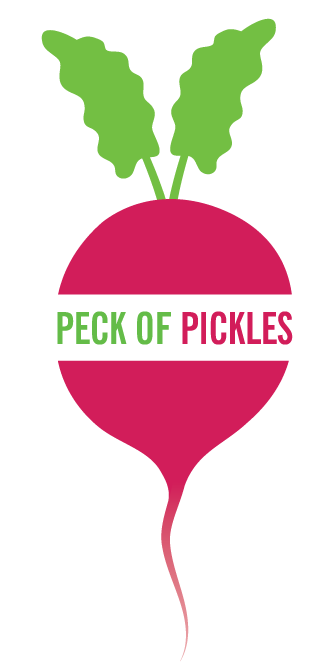
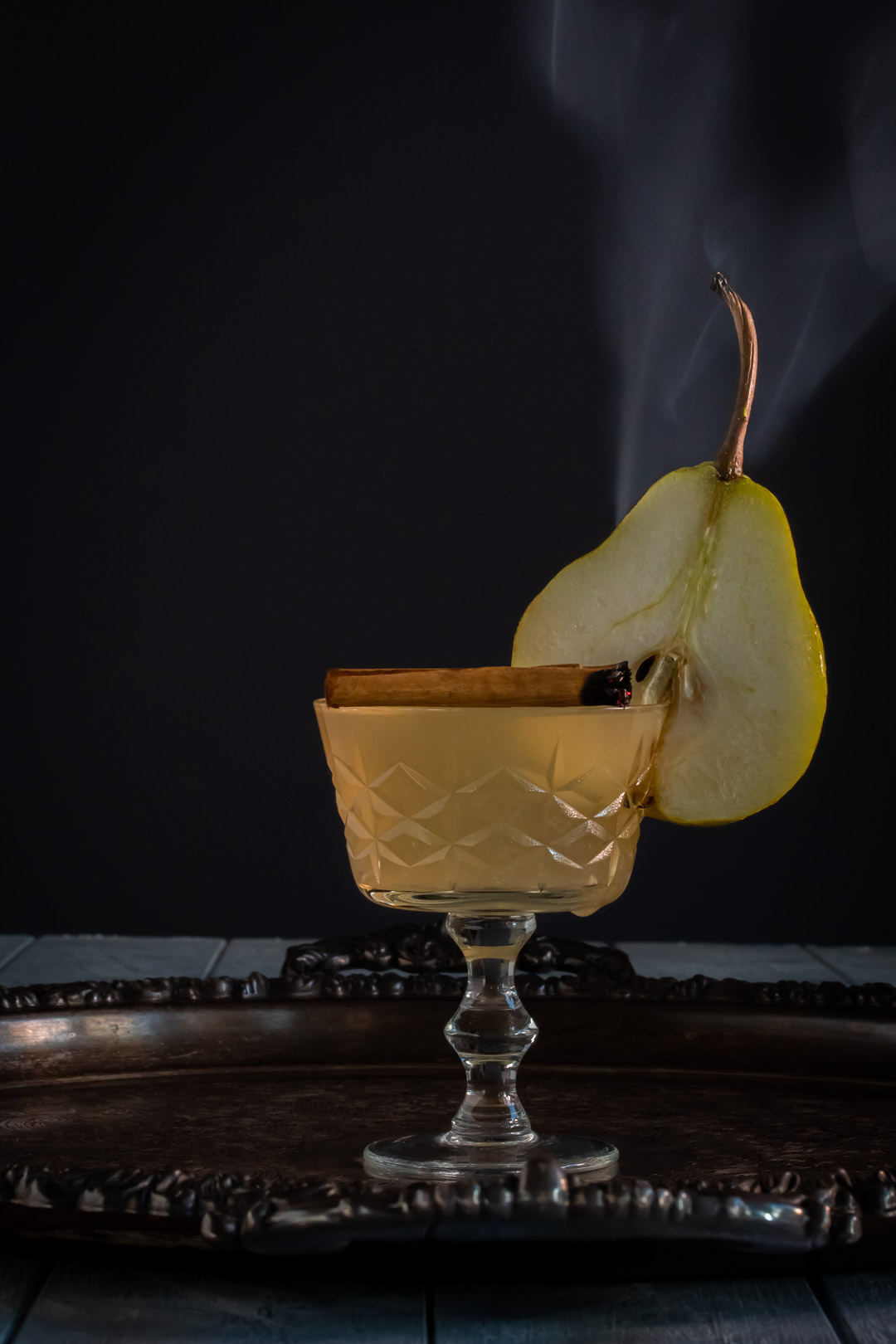
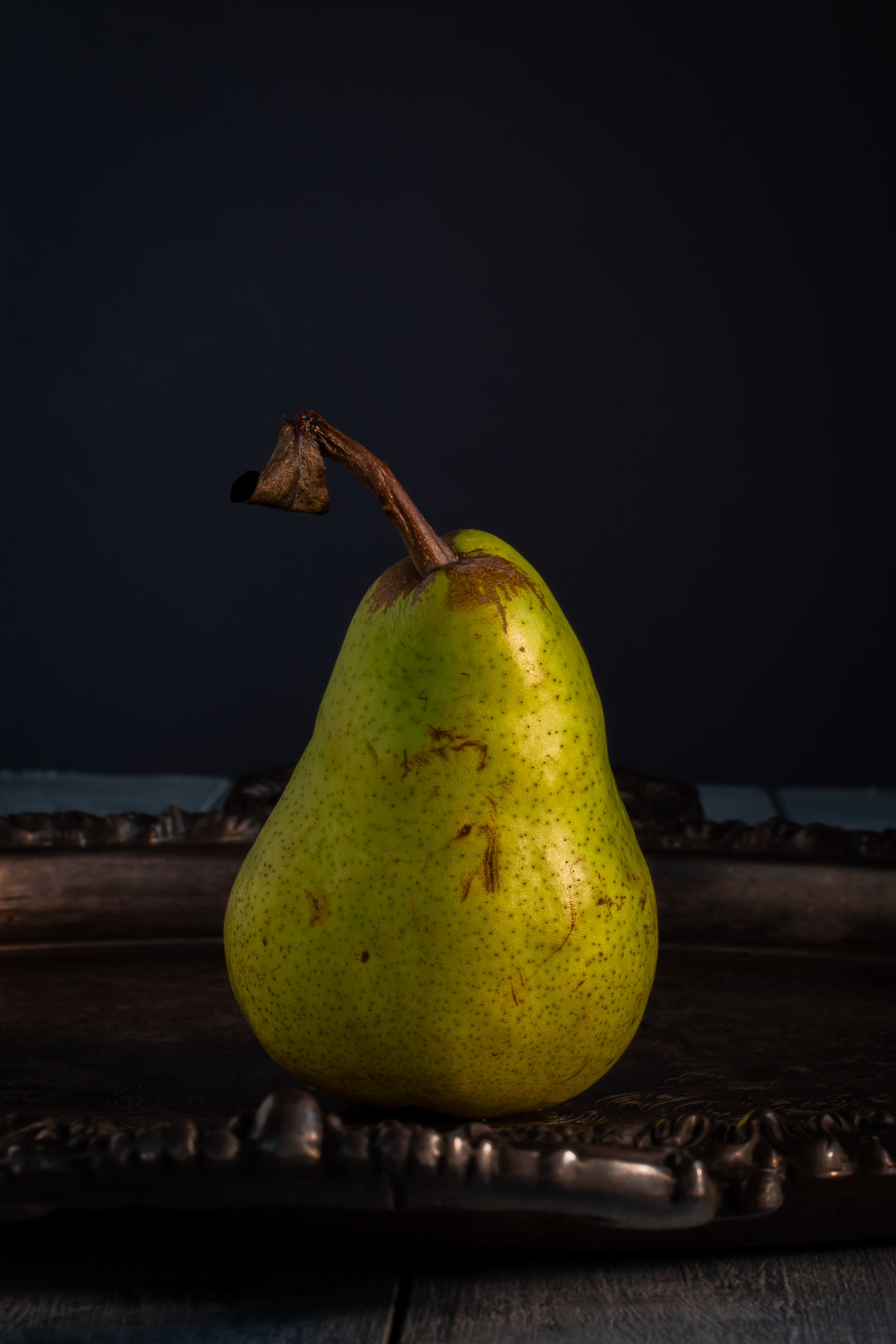
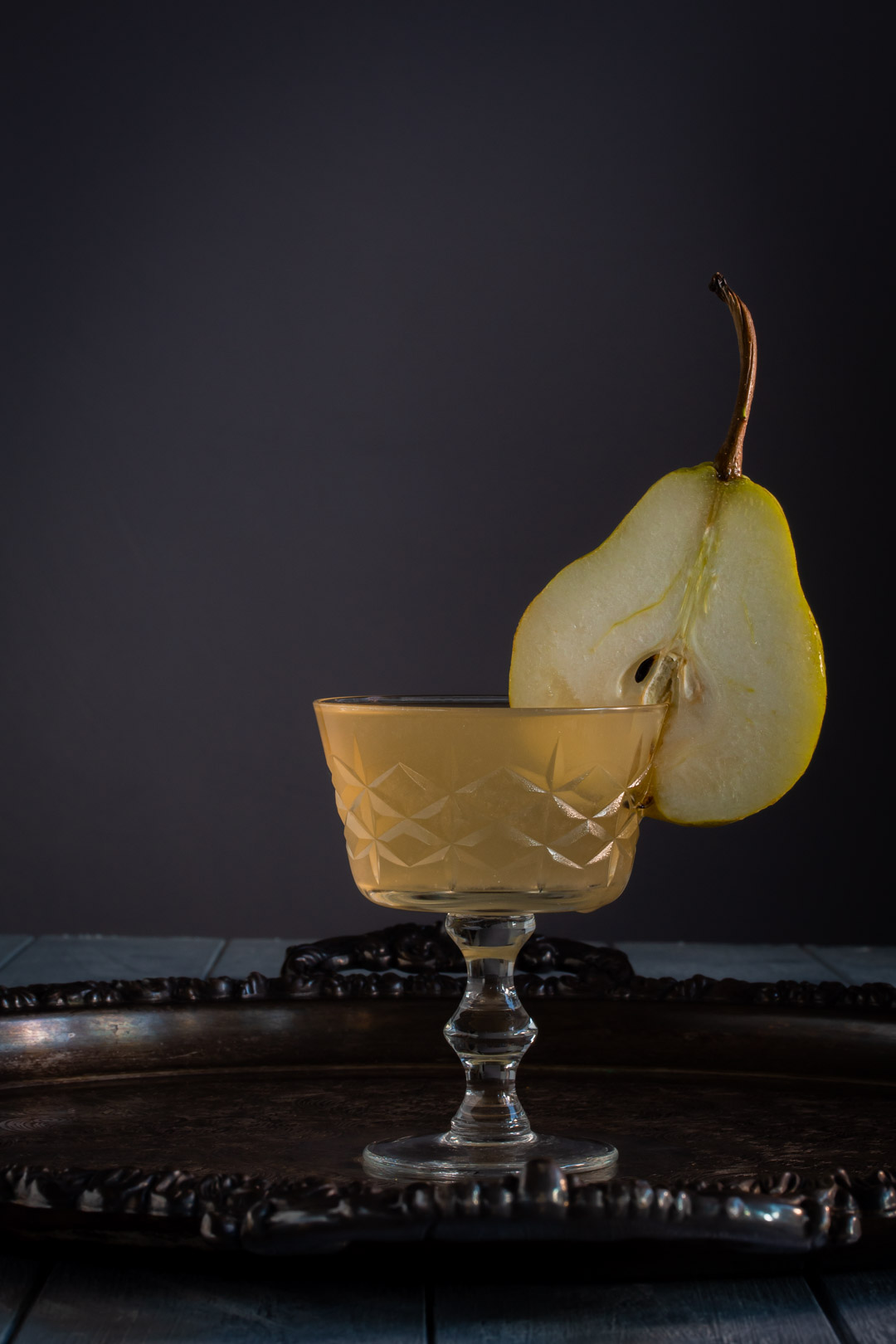
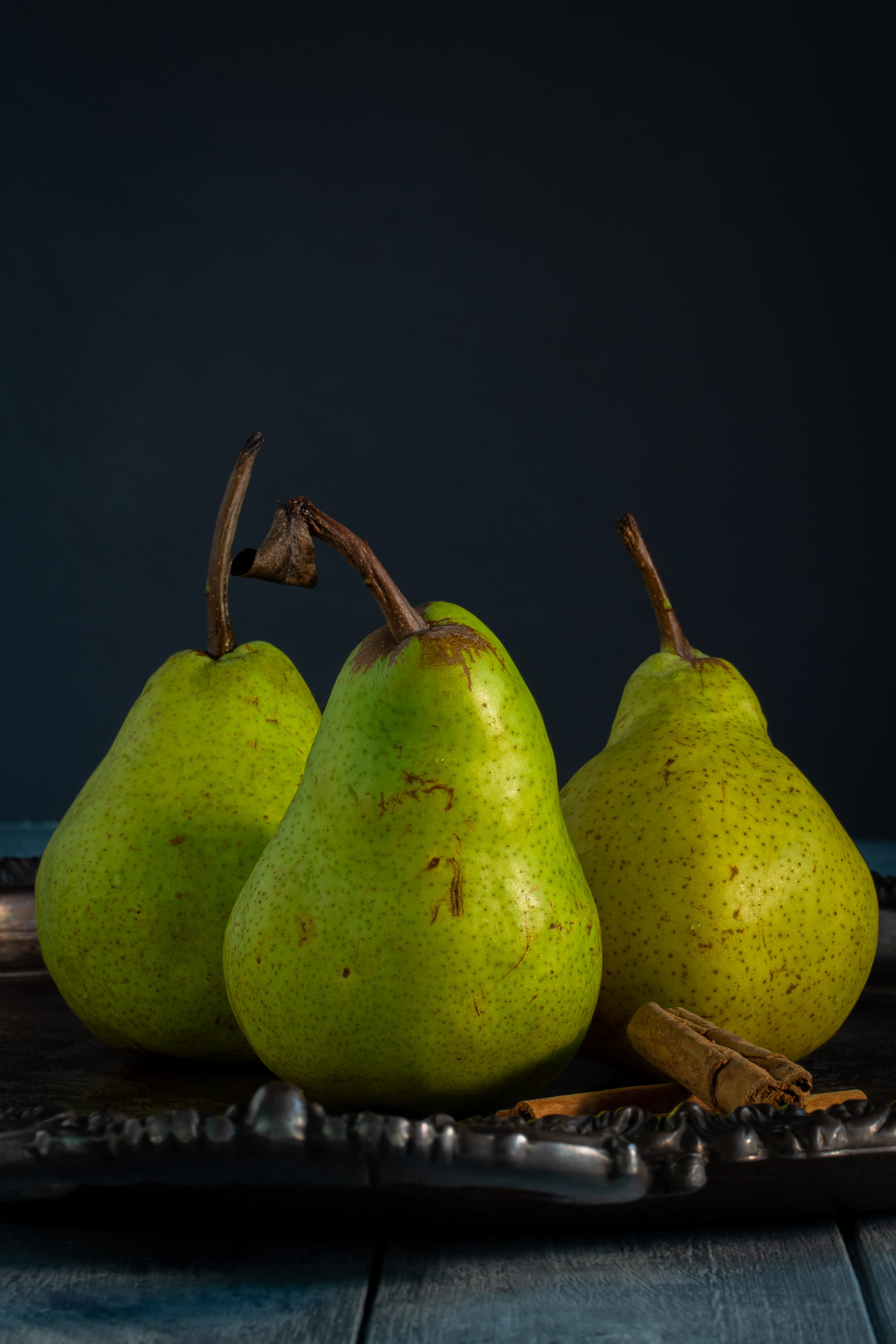
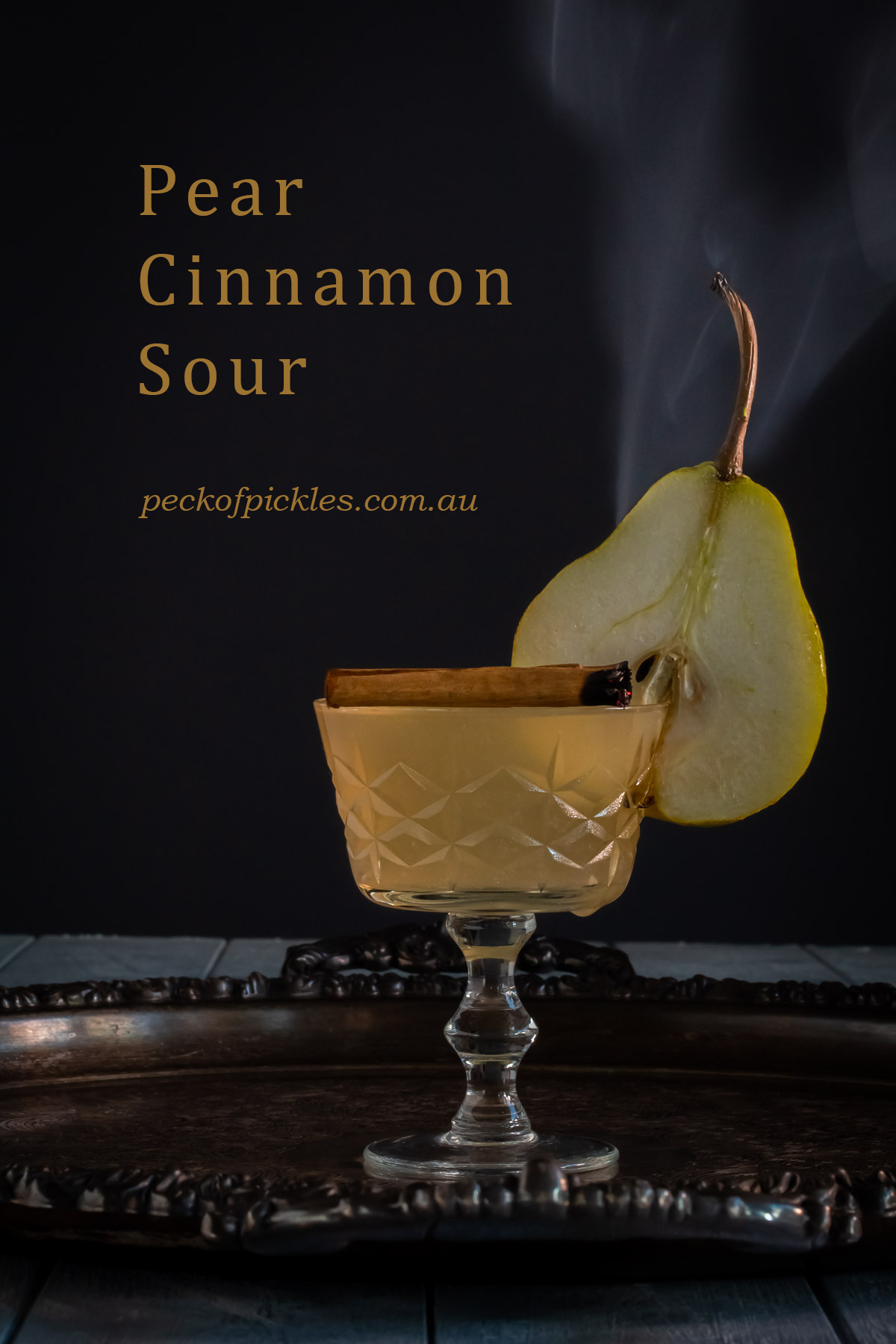
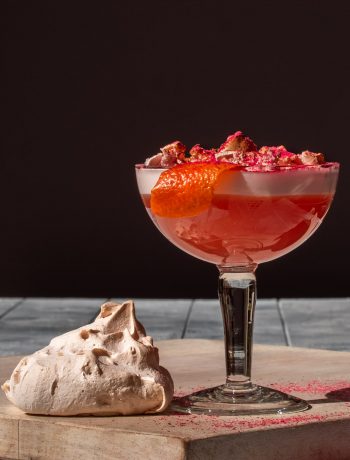
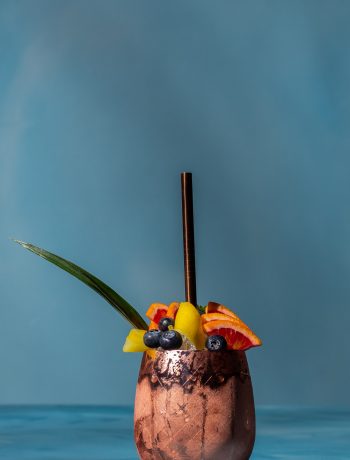
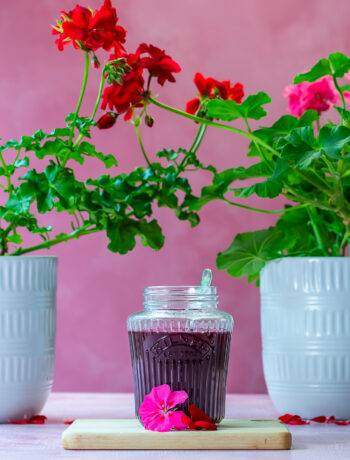
No Comments